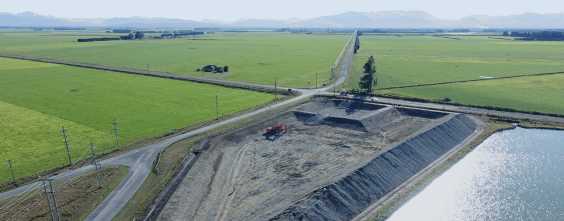
The New Shape of Water: Adapting to Climate Change

In South Africa, small desalination plants have been built along the coast in order to deal with chronic water shortages. In 2018, an emergency plant on Cape Town's V&A Waterfront was brought online in a matter of months. WSP was a sub-consultant to main contractor QFS

Cedar Grove Environmental Centre is an award-winning wastewater treatment plant, opened in 2019 and set on the Logan River in Queensland, Australia. The 204ha site includes 7ha of constructed wetlands, vegetation corridors, a 2.5km walking track, a solar farm and 37ha of biodiversity offset planting. The plant filters effluent using membrane bioreactor technology and constructed wetlands to achieve very low nutrient levels, which are then offset through catchment restoration. WSP provided a range of design services as part of the Logan Water Partnership. Photo: Logan City Council

"Flash flood alley" in Texas, stretching from Dallas to San Antonio, is the most flood-prone area of the US. During Hurricane Harvey in 2017, the region was hit by 36-54 inches of rainfall in just a few days. Several studies have found that climate change made the hurricane more powerful and increased its deadly flooding.

In August 2020, Chongqing in China suffered one of the worst floods in its history, caused by heavy rains in the upper reaches of the Yangtze River. WSP has been involved in several projects to map flood risk and improve resilience across the municipality, which were funded by the World Bank and by the Asian Development Bank.












